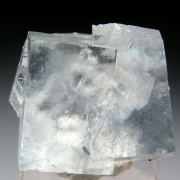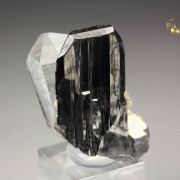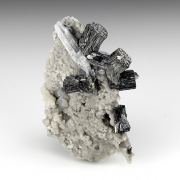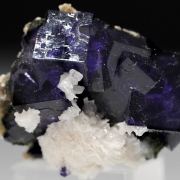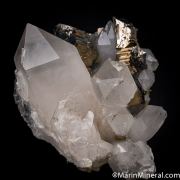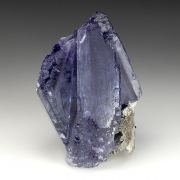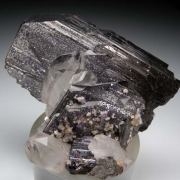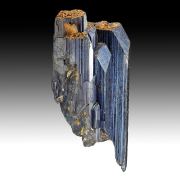Yaogangxian Mine, Yizhang County, Chenzhou, Hunan Province, China
The Yaogangxian Mine is one of our Top 12 Localities.
The Mine
About 30 km from the city of Chenzhou in Yizhang county of Chenzhou prefecture in southeastern Hunan province, the Yaogangxian mine is located at the edge of a small mining village, which is nestled on the sides of a densely forested mountain. The village and mountain also carry the name Yaogangxian.
Although the Yaogangxian deposit was discovered in 1914 and went into immediate production, it is only within the last decade or two that any significant number of mineral specimens reached the market. The mine is also finally being recognized as a world class specimen locality.
The Yoagangxian mine, along with many others including the Shizhuyuan and Huangshaping, is part of a larger belt of tungsten polymetallic ore deposits (the Nanling nonferrous metallogenic zone) that lies in the southern part Hunan province. This is in turn part of a larger area of tungsten deposits that also includes part of Fujian province, northern Guangdong and Guangxi provinces and the southern part of Jiangxi. In 2002, China produced about 76% of the world’s tungsten (nine times that of the second largest producer) and this belt was a large contributor to that effort.
Ore is produced from three types of mineralization: granite-derived hydrothermal ferberite-quartz veins, scheelite stringer-dissemination zones in sandstone, and contact metasomatic scheelite-rich zones.
Over 310 species are apparently recorded from these deposits, however only about two dozen or so would be considered “collectable” by normal market standards. Of these though, many are world-class examples.
The Minerals
Among the most significant sulfides are highly lustrous, striated arsenopyrite crystals to 10 cm, very fine bournonite, some of which compete with the best of the species, and, without a doubt, the world’s finest stannite specimens. Other sulfides, most often as associated species, include chalcopyrite, pyrite, and sphalerite. Wurtzite is another sulfide generally observed as an associated species but significant in its own right.
The two most important tungsten minerals are ferberite and scheelite. Although the scheelite can be quite fine, the black, striated pointed blades of ferberite are among the world class material this mine produces.
Probably the best know species to come from Yaogangxian is fluorite. Superb blue to purplish fluorite, commonly associated with quartz, and many of the other minerals mentioned here have been available for the last 15 years.
Cassiterite is the second most significant tin mineral available to collectors, though much of it occurs as a fine association to other, more dominant species.
Calcite is a widespread mineral in the mine, ranging from white “poker chip” style crystals, to steep scalenohedra, to pink manganoan, flattened rhombohedra.
The mine produces excellent specimens of quartz but the species tends to be an elegant backdrop for one or several of the more desirable species.
Further Reading:
Cook, R. B. 2005. Connoisseur's Choice: Bournonite, Yaogangxian Mine, Chenzhou, Hunan Province, China. Rocks and Minerals 80: 40-44.
Ottens, B. and Robert B. Cook. 2005. The Yaogangxian Tungsten Mine, Yizhang County, Chenzhou, Hunan Province, China. Rocks and Minerals 80: 46-57.
Ottens, B. 2005. Der Wolframbergbau Yaogangxian in China. Lapis 28 (11): 13-23.



